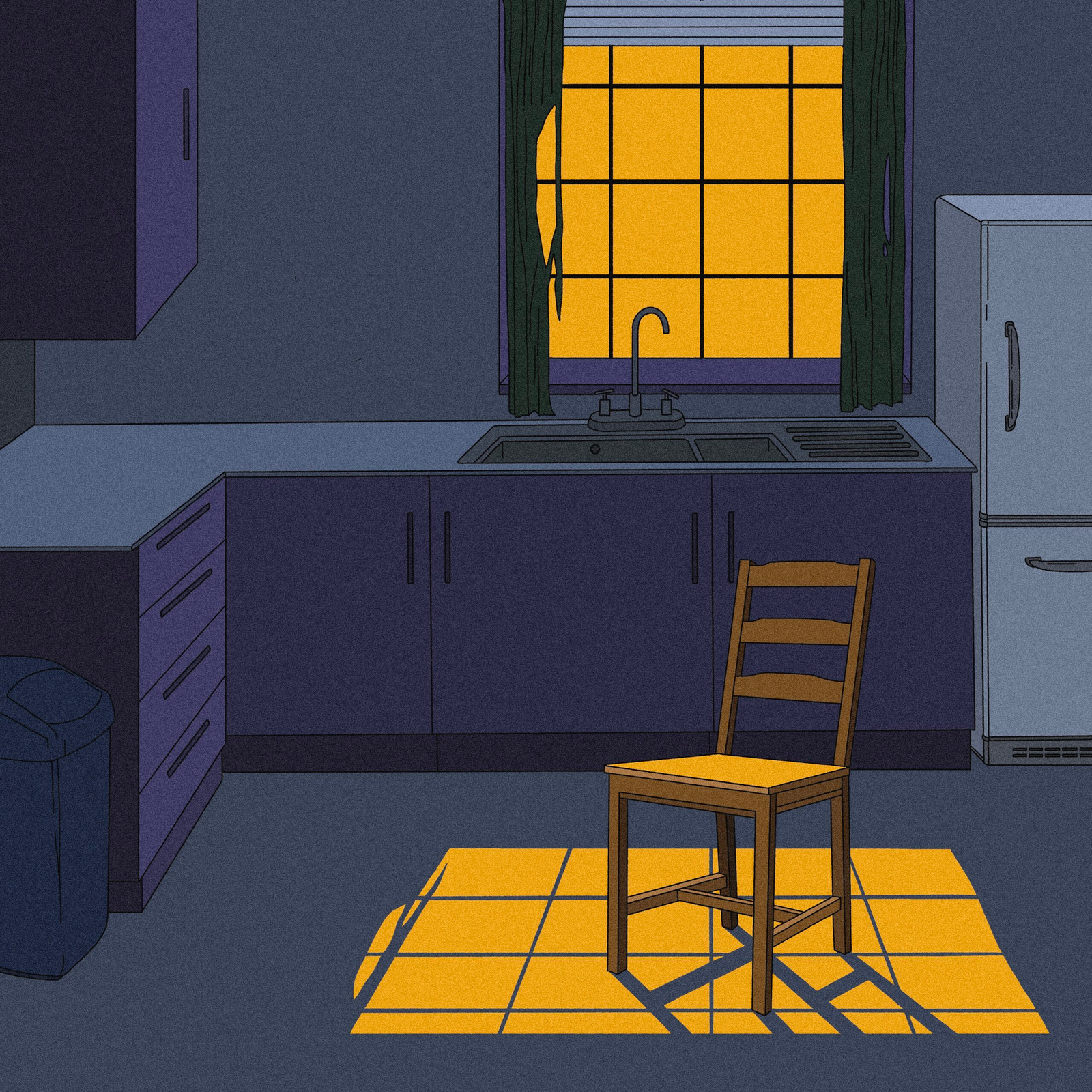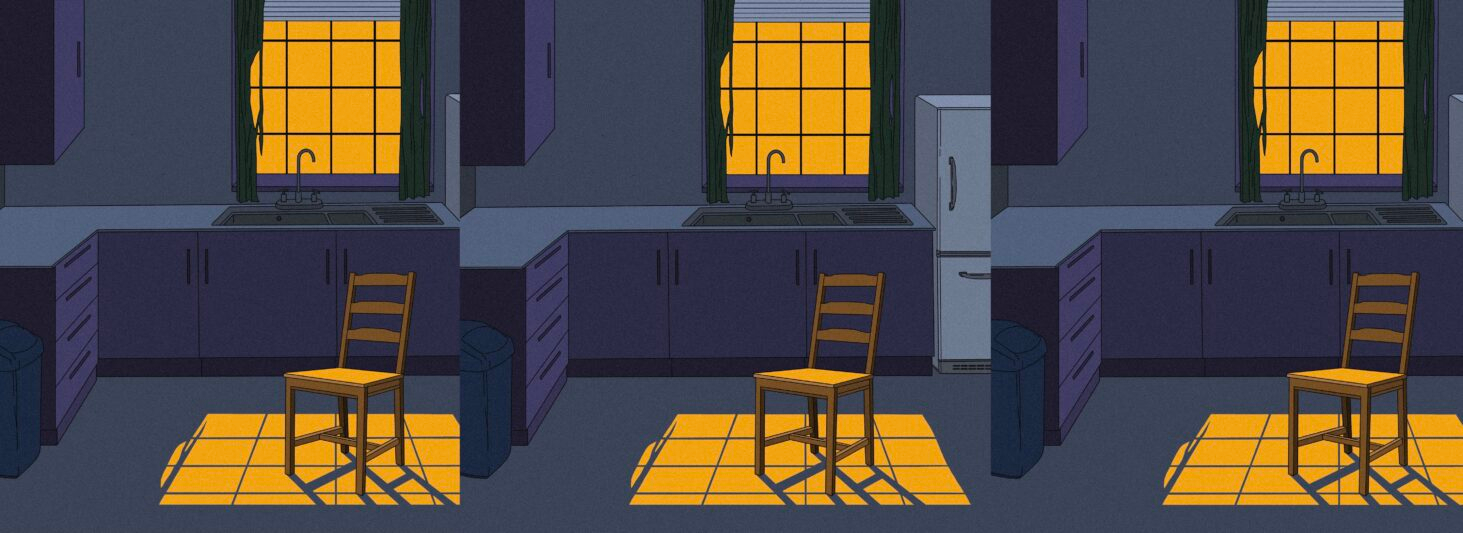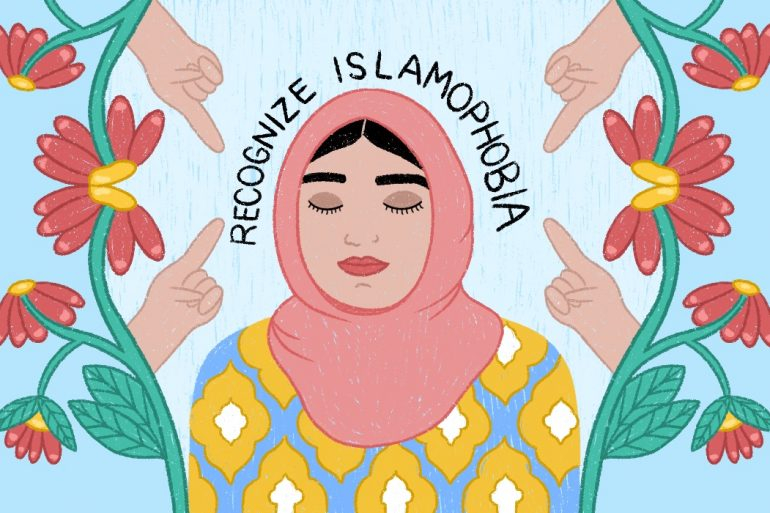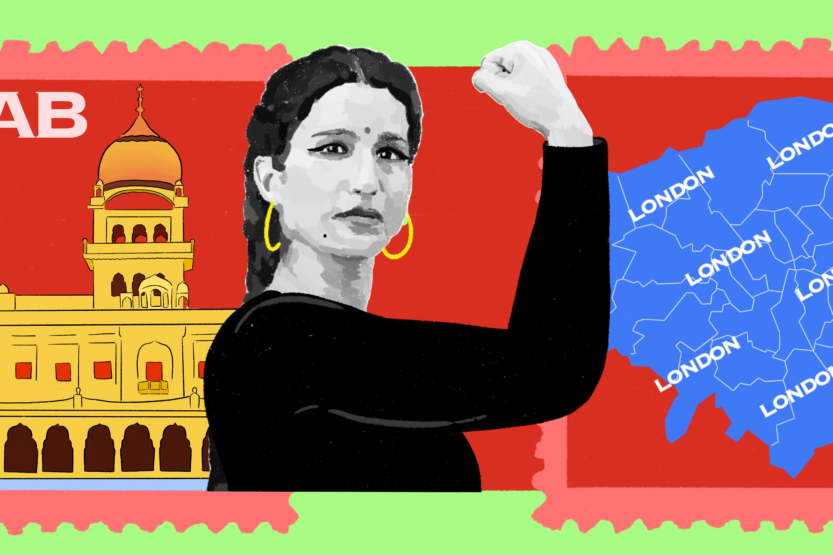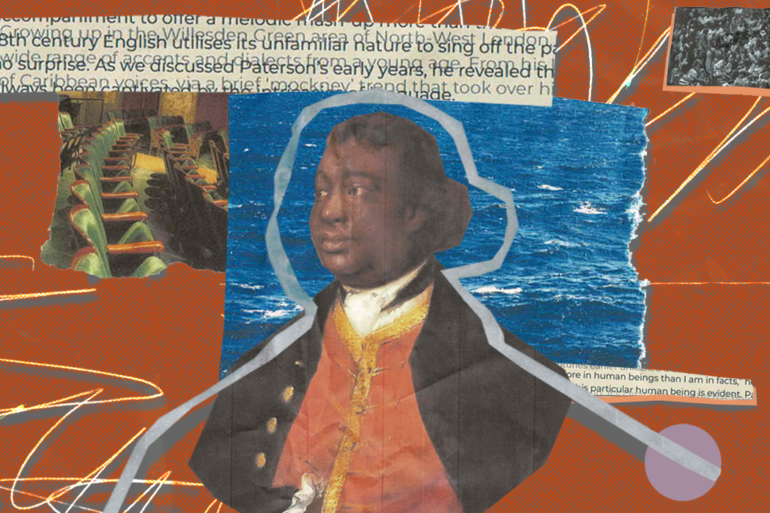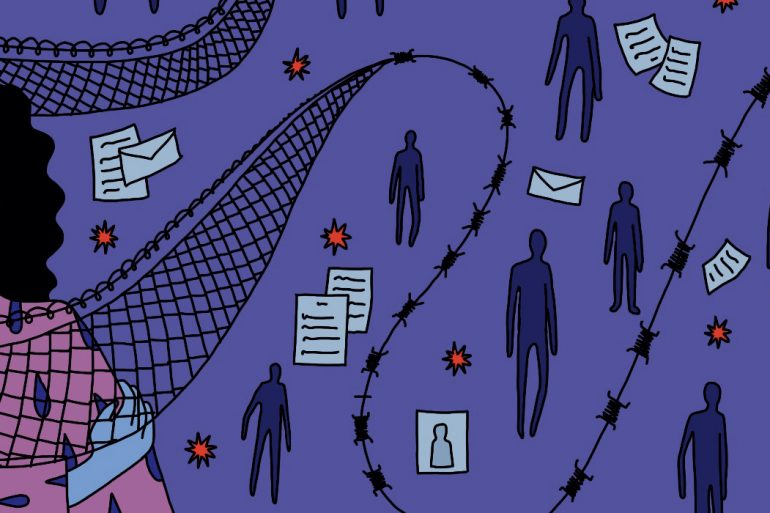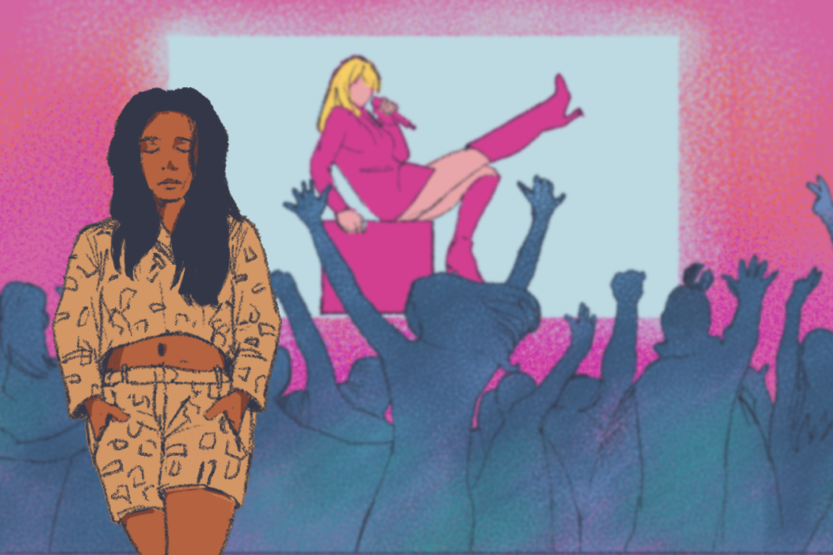Inside a shotgun house, light sprays in through the kitchen window, misted with dust that settles on the old cherry wood floor. Once emptied, the floor creaks, realigning itself from the built up pressure of living beings. But today, Mama stands at the stove stirring her pot of crab and rice. “Pass me that seafood seasoning off the table,” she says.
The old house comes to life from the smell of her cooking. My stepfather is watching Hogan’s Heroes while my two little sisters play on the living room floor. Every evening she watches her family grow into a world of uncertainty, but she seems so happy when she’s cooking.
Glued to her side, I learn how she cooks with heart. By using specific measurements, all the while humming a sweet melody that only she remembers.
After eating the last crab leg, I lay across my bed and notice a hole in the corner where two floor boards intersect one another. An old house is its own kind of devotional; a monarch grandfather with a story to be told. It gives you the feeling of belonging, yet constantly being watched.
I move closer for a better look. The acrid smell of rotting wood kisses me like cigar smoke.
“Tony! Get in here and wash these dishes”.
Over the years the hole in the floor widened, and the foundations of this old house sank into the earth.
32 and a half years ago I was charged and convicted of Felony Murder. In Florida, if a group of people get together to commit a crime, all are guilty of the crime of Felony Murder, irrespective of who caused the death.
I allowed the actual murderers to hold my car, which they used to rob two victims. Their actions led to the death of an innocent human being.
The felony murder rule was established at a time when organised criminals controlled the flow of alcohol, cocaine, and guns. When these organisations began to collapse, or lost control of their areas, the illegal flow of their drugs were introduced into the segregated Black communities. With these disruption came the violence and the erosion of the Black family structure.
The State Prosecutors around the United States began to craft new crime bills that made it easier to charge, convict, and enhance the punishment against poor addicts and the underrepresented communities.
With no treatment centre, segregated Black communities were unable to mitigate their drug addictions, so the drug problem grew worse. Poor addicts, who were in no way capable of financing a criminal organisation nor capable of challenging the flawed Felony Murder Rule became the forgotten majority in the industrialised prison complex.
Thousands of men like me, who are convicted of felony murder because of the ill decisions of their co-defendants, are like homeowners who inherited an old house whose foundation sits on unstable foam and rocks. Anyone who becomes a part of it further causes deeper ruptures that lay below.
Earlier that day, I had gone fishing with my childhood friend Gerald. A hobby we both enjoyed, and looked forward to after our long hard week of work at the ‘Retreat Centre’ in Davie, Florida, where I was a chef assistant. The love that my mother poured into her cooking took root in me, and became my career choice.
Drinking beers and talking about Gerald’s new born baby girl topped off the grey stones that laced the shore of a deep blue-green sea. Gentle waves echoed the beautiful song of sea birds.
Struggling to pull in a stingray, the wind blew a salted mist, and I instinctively closed my eyes. Its coolness cupped my face. I felt the beauty of peace and friendship in my skin.
Gerald and I dated sisters that lived with their parents. We decided to stop by to see them on our way home. “You’ve been drinking?” Tonya asked as I hugged her. “Yeah, we just got back from fishing. Thought I’d stop by and see my girl before heading home.”
As I drove home, I heard music from the Big Booty bar. It came to me in fragments of bass and errant rap sequences, echoing off the Elks Club’s building.
I slowed when I saw Ronald, an old associate that I sold dope with on the streets of Liberty City. When I got out of my car, I held on to my trunk to keep myself steady. Ronald walked up and threatened me if I didn’t let him hold my car. His three friends then surrounded me, and out of fear I gave in.
They robbed a couple and ended up killing one of them by throwing them in two separate bodies of water.
Subscribe to shado's weekly newsletter
Exclusive event news, job and creative opportunities, first access to tickets and – just in case you missed them – our picks of the week, from inside shado and out.

I was raised to take accountability for any wrong that I’ve done or caused to happen.
I take full responsibility for my role that led to the death of an innocent life.
On a Saturday in the Summer of 1990, when I was 22 and had already moved into my own place, I stood in front of our old house as the sun beat down relentlessly on me. There was no cool breath of air, and the black asphalt felt like a blast furnace on my skin. My mother asked me to stop by on my way home, and the memories held me in place as I looked upon the face of an old house that never smiles, never talks, yet tells of love and pain.
Such is the state of the Felony Murder Rule in Florida, and elsewhere in the United States. The action of one person can cause a multitude of people to be convicted and given Life sentences, although their behaviour is not on par to the actual murderers.
What further compounds this decades old law and practice is that, when we go up for our parole hearings, we’re still tied to our co-defendants. It further erodes our accomplishments and good behaviour and destroys any reasonable opportunity for being released on parole.
Many civilians may rightly say, “I had nothing to do with the structuring of the Felony Murder Rule. I have nothing to do with the flaws in the justice system. I am not responsible for any convicted felons. You do the crime, you do the time.”
Yes! Not one of us was here when this old house was built. The planning, the structuring began centuries ago. But here we are, the inheritors of a structure with stress cracks, bowed walls, and fissures built into the foundation that is collapsing upon everyone. This damage will not just affect the occupants, but it will also claim the lives of those who choose to ignore it.
What can you do?
- Educate yourself: Why States Should Abolish the Felony Murder Law, by the Appeal
- Volunteer: This story was supported by Empowerment Avenue, a collective that supports incarcerated writers, and is always looking for volunteers with writing backgrounds – just email empowermentave@gmail.com
- Support the author financially and/or contact him: Anthony Cobb, dc#194479, through jpay.com
- Read Tony’s previous article: Overheating the forgotten
